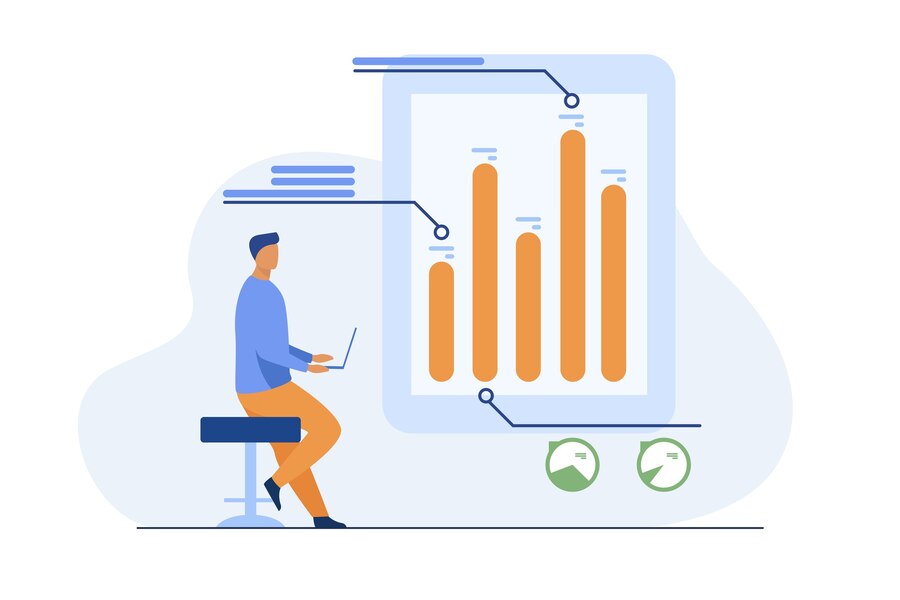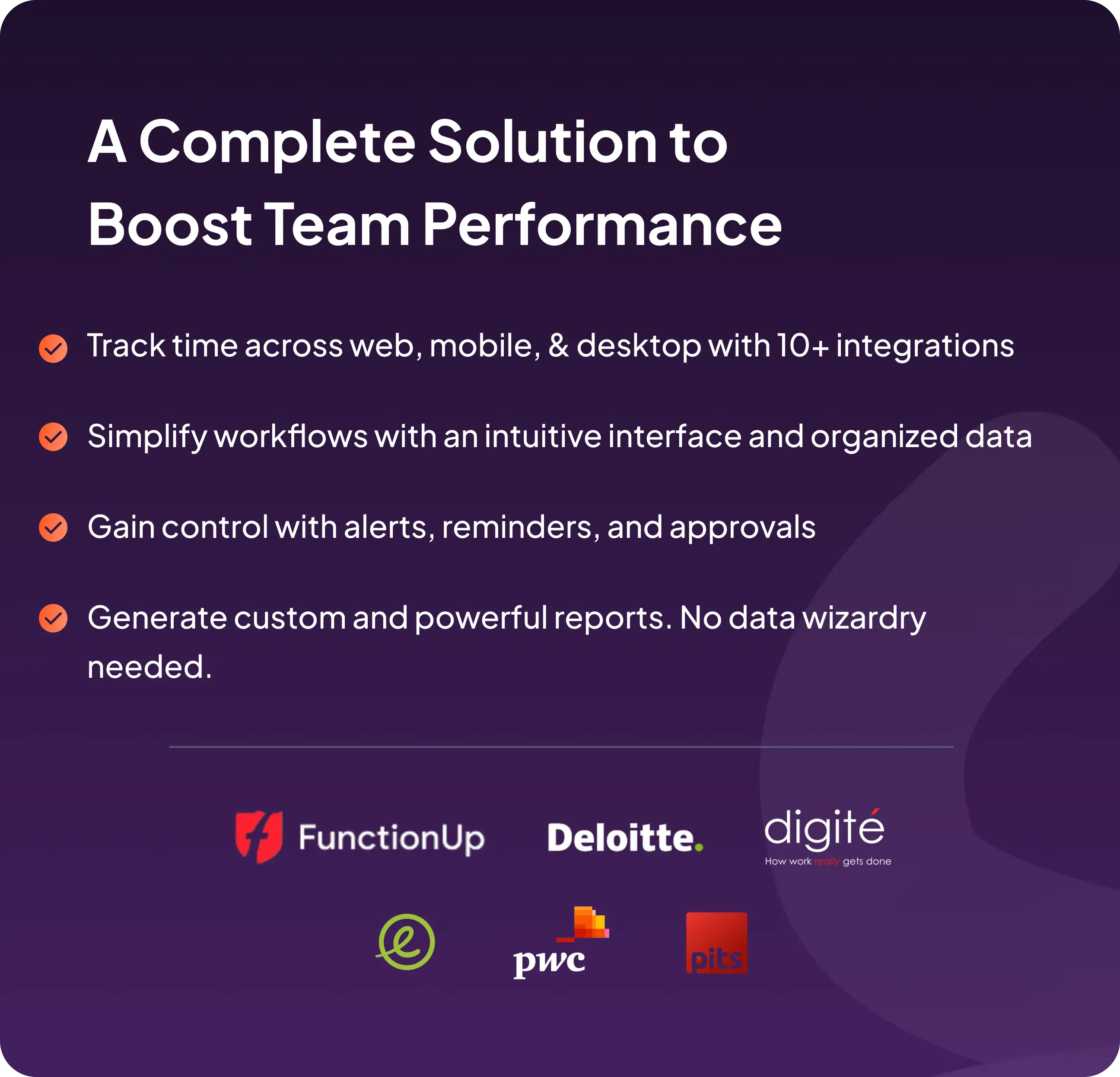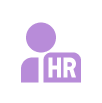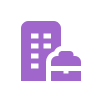Why Should You Embrace a Work Monitoring Approach?
Work Monitoring Approach Ever wondered about the work monitoring system? Well, 60% of companies with remote workers are already on…
- 4.6/5
- Trusted by 36K+ users

Work Monitoring Approach
Ever wondered about the work monitoring system? Well, 60% of companies with remote workers are already on board.
But hold on, it’s not about being a digital detective or breathing down your team’s neck. It’s more like a modern business strategy where you keep tabs on time, computer activity, and work patterns to boost productivity.
Now, if you’re thinking about jumping on the work monitoring system train, you’ve got to weigh the pros and cons.
Let’s dive into the perks of using the software for your remote team.
Ready? Let’s go!
What is a work-monitoring system?
A work monitoring system uses different ways to keep an eye on what your staff is up to at work. Why? Well, businesses do it to boost productivity and make sure their corporate resources stay safe and sound.
Usually, an app like Flowace will do this for you. More on that later!
Employee monitoring seeks to establish control within corporate organizations by gathering data. Employers can deploy monitoring solutions to enhance productivity, efficiency, and employee engagement.
However, it’s crucial not to undermine the significance of trust. Forward-thinking companies recognize the importance of integrating trust into their organizational culture.
They employ employee tracking alongside transparent company policies and honest communication to build and maintain trust with their employees.
How does the work monitoring system work?
Work monitoring systems employ digital tools to monitor employee performance and ongoing tasks. Businesses leverage these systems to:
- Measure productivity
- Track attendance
- Assess behaviour
- Ensure security
- Collect proof of hours worked
- Monitor various aspects, such as website, application, and social media usage.
- This includes observing employees’ web surfing, email correspondence, instant messaging, and interactions on social networking sites, as well as recording phone calls.
Methods of employee monitoring encompass GPS tracking, location monitoring, video surveillance, keystroke logging, wiretapping, and internet monitoring. Administrators can conveniently access the logs through a cloud panel or receive them via email.
What should you consider when implementing a work monitoring system?
When implementing a work monitoring system, you must carefully consider various factors and address risks through a well-crafted monitoring policy.
Privacy concerns
Introducing an employee monitoring system raises privacy concerns, including the risk of exposing company or personal data through cybersecurity incidents like malware or viruses. While no solution can guarantee 100% safety, a thoughtful policy can mitigate these risks.
Potential increase in stress
The availability of monitoring tools can lead to abusive behavior by those in authority, impacting employee well-being. Additionally, the knowledge of being monitored can alleviate stress levels and increase the risk of burnout.
Employee trust and engagement
Trust is a two-way street. If employees don’t trust the company, it’s challenging to create a positive work environment. The approach to employee monitoring is crucial to avoid negatively impacting morale and work engagement.
Legal considerations
Legal issues surrounding employee monitoring demand careful attention. Consultation with legal experts, especially in the USA, is crucial to navigating federal and state laws, such as the Electronic Communications Privacy Act (ECPA). In the EU, adherence to privacy rights and laws like GDPR is essential, including obtaining consent and providing transparency about data collection.
Benefits of Work Monitoring System
Increases productivity
Boosting employee productivity stands out as a major advantage of monitoring. While self-driven and disciplined employees are ideal, occasional unchecked breaks can lead to hours spent on unproductive activities.
Employers often feel helpless when unaware of a worker’s daily activities, especially when targets are unmet despite assurances of giving their all. Monitoring employees becomes the antidote to bridge the gap between time spent on tasks and actual output, providing clarity and addressing discrepancies.
Observation points out employee strengths
Despite its contentious nature, observation has advantages for both employers and employees, as the Houston Chronicle points out. Monitoring increases worker productivity by minimizing mistakes and optimizing time utilization, fostering a safer workplace.
Moreover, employee surveillance facilitates the recognition of positive abilities, such as leadership qualities and a willingness to go the extra mile for customers.
Businesses gain insights into employee strengths, allowing for acknowledgment and appreciation. This recognition not only rewards employees for their efforts but also enhances their sense of value within the organization.
Pick out the problematic areas
Employee monitoring software goes beyond highlighting unproductivity; it also uncovers the time employees spend on specific tasks.
This allows employers or supervisors to identify areas where an employee may be struggling, facilitating timely assistance and saving valuable time. For those hesitant to seek help, the monitoring tool becomes a useful resource for providing support and addressing challenges.
Detects Hacking
Websites are crucial for many businesses, becoming an integral part of their entity. Just as businesses with physical locations take measures to protect their premises, the same vigilance should extend to websites, especially in the era of hackers seeking unauthorized gains.
Understanding how hackers operate is the first line of defense to safeguarding your business against cyber threats.
Employee monitoring and tracking tools become valuable in this defense strategy. Employers can detect hacking attempts, especially those stemming from internal sources like employees clicking on suspicious links.
This approach enables your company to identify potential entry points for hacking, strengthening its cybersecurity measures.
Leave management
Leave management becomes a breeze with time-tracking software, simplifying tasks such as leave requests and approvals. This feature allows easy access to leave history reports on a weekly, monthly, or yearly basis.
Also, productivity tracking software enables the configuration of the leave structure to align with the company’s leave policy.
Reallocation of resources
The reallocation of resources is a key aspect of decision-making, and technology has been instrumental in enhancing data collection and analysis for businesses. Employee monitoring and tracking tools follow the same concept by gathering data to inform decision-making.
For example, these tools provide insights into how time and resources are typically utilized on a workday. Armed with this data, employers can redirect or reallocate resources to ensure efficient and effective use.
Automated attendance and timesheet
Automated attendance and timesheet keeping are crucial for companies to ensure employees are present and working productively. Employee productivity tracking software helps by automatically recording employees’ arrival and departure times, confirming their presence at work.
Also, it maintains records of attendance, check-in/check-out details, monthly attendance reports, and late arrivals for efficient workforce management.
Simplify task evaluation
Simplify task evaluation with productivity and time-tracking software. It streamlines the assignment and assessment of tasks, providing insights into the time each task takes, analyzing work progress, and evaluating employees based on completed tasks.
In a project with numerous tasks, it’s easy to overlook important ones while employees focus on smaller, lower-priority tasks.
This can result in missed deadlines or incomplete tasks. Time-tracking software becomes a valuable tool for prioritizing tasks, ensuring that the most crucial ones are completed promptly and efficiently.
Get objective and accurate feedback
According to the Harvard Business Review, timely recognition is key to boosting employee morale. Waiting for monthly meetings or annual reviews is too long; acknowledging good things happening around you promptly can make a significant impact.
So you need to empower supervisors to generate objective and accurate feedback, which is important for employees’ ongoing development. Constructive feedback is essential for clarifying expectations, facilitating learning from mistakes, and boosting confidence.
The employee location tracking system enables managers to provide real, tangible, and precise performance analysis.
When backed up by current statistics on attendance, project status, and other factors, this feedback becomes more accurate and meaningful.
Better work-life balance
Achieving a better work-life balance is essential for overall well-being. Excessive stress can lead to anxiety and frustration, impacting both mental and physical health. By utilizing productivity tracking software, employees can:
- Learn effective time management at work
- Organize tasks efficiently
- Establish clear boundaries between work and personal life
- Track productivity levels
- Create more free time for personal pursuits
Good for record-keeping
Efficient record-keeping is achieved through tracking employee time and performance metrics, which is essential for any business. A proper tool should effortlessly maintain records of transactions, timestamps, and schedules without requiring much effort on your part.
Final Thoughts
In a nutshell, a good work monitoring system has a lot of benefits and creates a trust-filled environment.
Your main goal is to create a workplace where trust is the superhero. How? Start by hiring the right folks, having a rock-solid onboarding process, and letting employees take the wheel.
Leadership plays a key role. They need to care about removing any obstacles in the workflow, all while keeping the team engaged and motivated. And the work monitoring system will be your sidekick, helping with all the tasks.
If you are ready to take the plunge, get a demo with us.
FAQs
What is the purpose of work monitoring?
Work monitoring involves using different methods of workplace surveillance to gather information about the activities and locations of staff members. The purpose is to enhance productivity and safeguard corporate resources within businesses.
What is an example of workplace monitoring?
Many companies monitor employee email usage, internet browsing history, and even phone calls on work-issued devices. It doesn’t stop there—workplace monitoring can also include keeping tabs on physical spaces, like tracking employee movement through badge swipes or security cameras.

Related Post
Hubstaff vs Time Doctor: A Detailed Comparison
Hubstaff and Time Doctor are two leading time-tracking tools. Therefore, it’s crucial to consider their features efficiently to understand how…
Computer Monitoring: 6 Best PC Monitoring Software
Optimizing employee time and productivity while ensuring an efficient workflow is crucial today. Computer monitoring software allows businesses to explore…
Maximizing Employee Productivity in Remote Settings: Strategies for Using Time Tracking Tools to Boost Efficiency Among Remote Workers
Remote work is on the rise again. For obvious reasons, there was a surge in employees who shifted to remote…







































